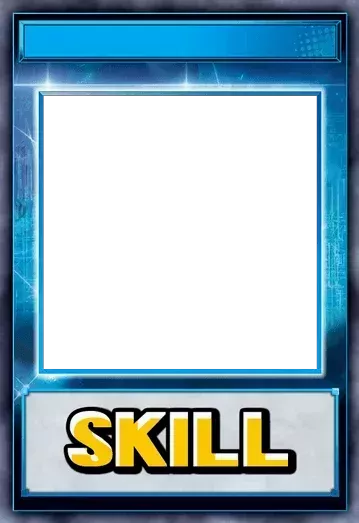Introduction
The Onomat archetype burst onto the Yu-Gi-Oh! Duel Links scene with the release of Zexal world. The archetype itself formed the cornerstone of the anime protagonist Yuma's deck and was used as an engine for Utopia and Number XYZ monsters.
Each member of the archetype has an onomatopoeia name consisting of either Gagaga, Dododo, Gogogo, or Zubaba. Some cards have restrictions to a single naming convention whereas the more flexible options allow for interplay between the types. In its current form, the deck relies upon the skill Onomatoplay that enables unparalleled consistency.
Thus far, almost every box of the XYZ generation of Duel Links has brought greater power to this archetype. Once the toolbox was expanded, this deck has been a mainstay on the tier list and in the competitive scene. Much to the community’s chagrin, Yuma and his grating voice lines are a daily encounter on the ladder and in streamed competition. Onomats offer a unique combination of consistency, XYZ toolbox use and OTK/Control power, but the various lines aren’t always obvious.
The intent of this guide is to introduce players to the archetype, discuss skill utilization, to teach Turn 1/Turn 2 plays for each match-up and some combos to allow you to play the deck optimally.
Skill
-
Onomatoplay
This unique skill is the foundation upon which this deck exists. The skill is unlockable through PVP dueling, Legendary Duelist battles, or with the skill tickets and skill lottery. Unfortunately, it is not recommended to build and play this deck until this skill has been obtained for fear of terrible inconsistency. However, once obtained, this deck becomes one of the most consistent decks available in the game.
This degree of consistency earned the skill "a nerf", but even after this change it of course remains very powerful. The skill now allows the player to select one archetypal card from their hand (any Gagaga, Dododo, Gogogo, or Zubaba monster, spell, or trap) and exchange it for one archetypal monster from the deck. The retrieved monster cannot be the same card. This skill can be used twice per duel and has no restrictions.
Since the skill change, the skill is less often utilized to generate a 4 card OTK combos but as a piece searcher for a turn 1 set-up and as a recovery for later turns. The skill is a great way to grab an early combo piece to generate a suitable turn 1 board, and it still enables lots of comeback or response power on turns 2 and 3. It is recommended to have sufficient archetypal cards in the deck to (nearly) always have a good turn 1 play which generally is a XYZ summon that can interrupt the opponent’s plays.
Core Archetypal Cards
As mentioned above, there are several families within the archetype Gagaga, Dododo, Gogogo, or Zubaba. Within these families, cards generally have support for one another. The more flexible cards are either multiple types or can interact between the families. Many of the cards have effects that restrict summoning for the rest of the turn and should be accounted for when planning your turn.

